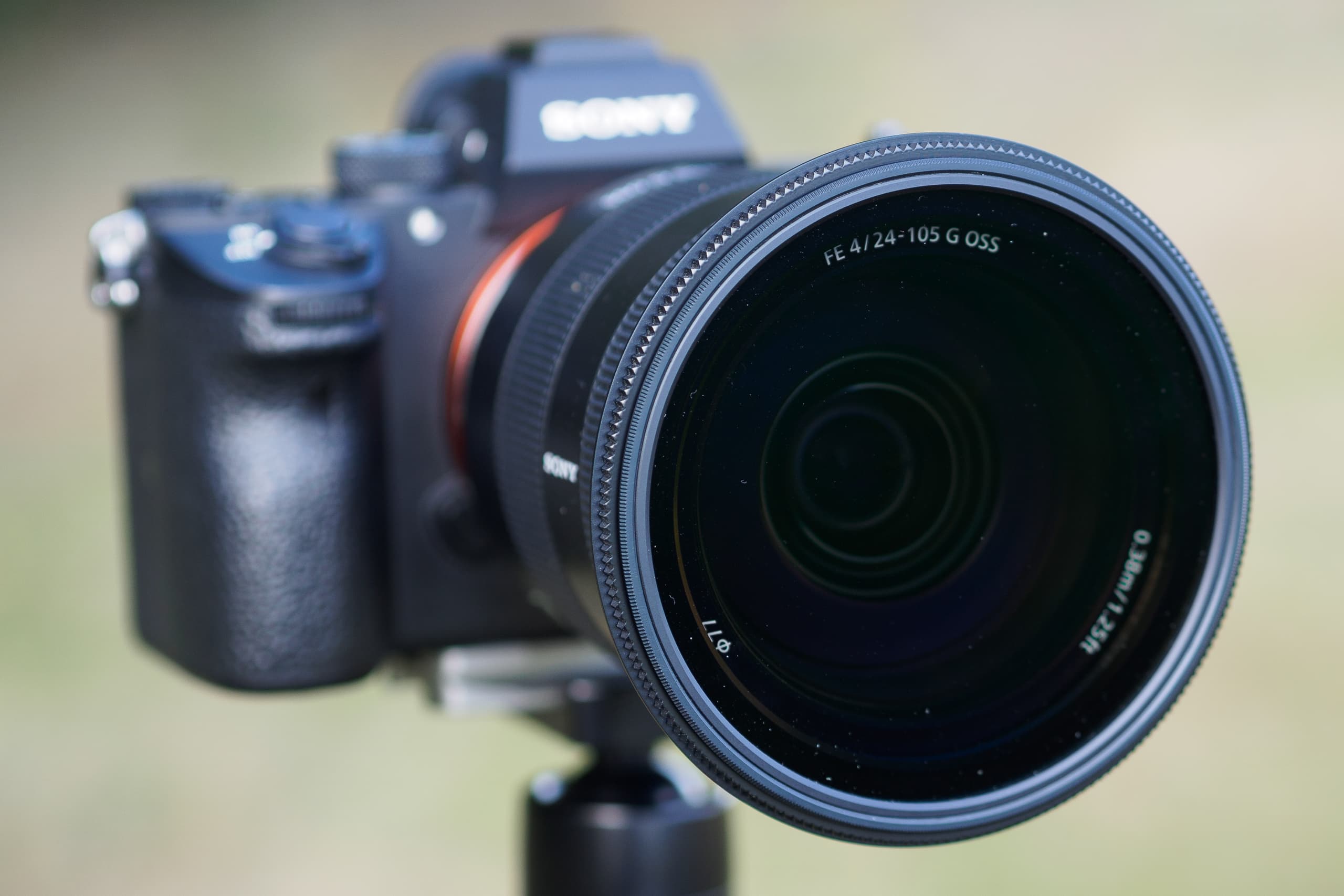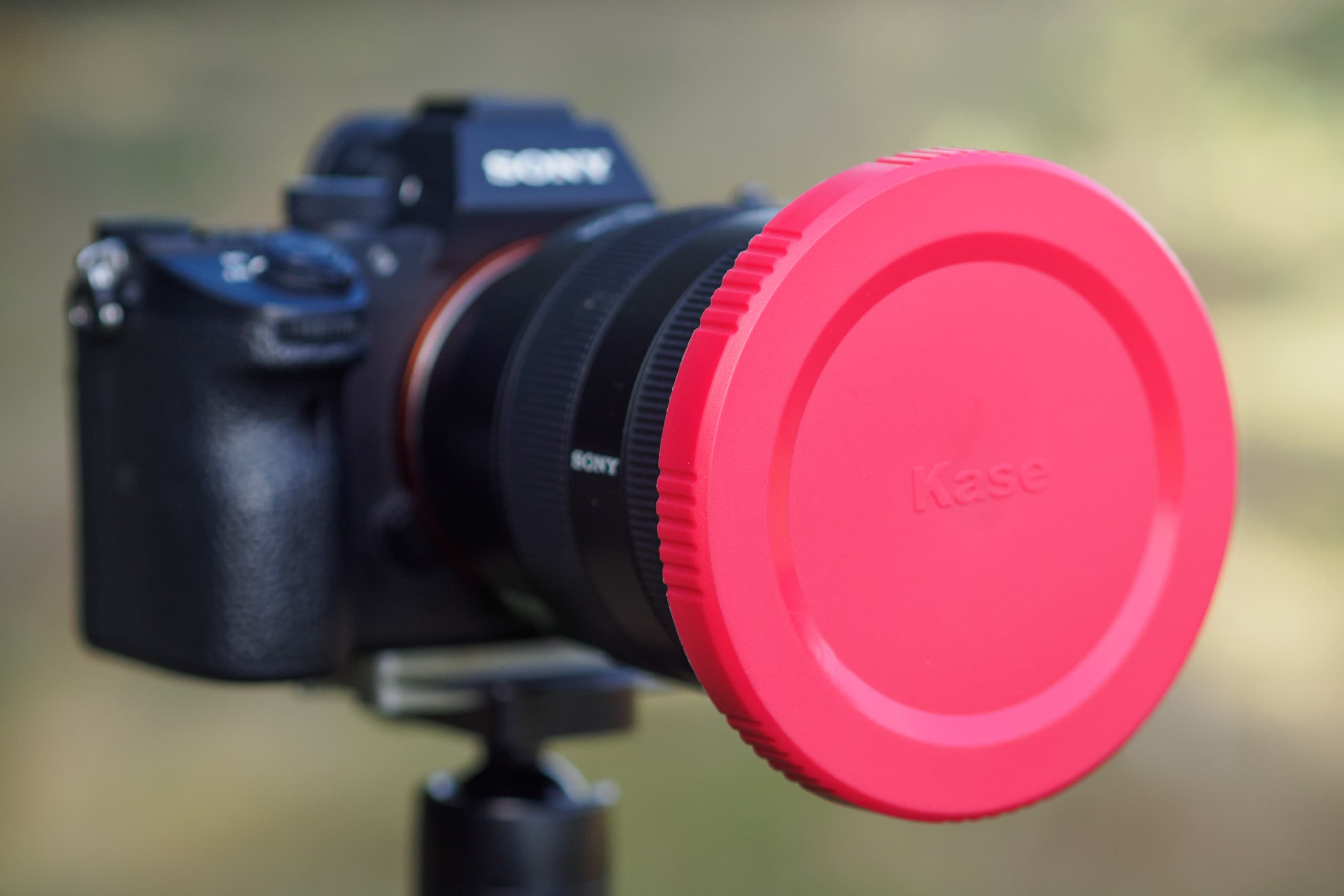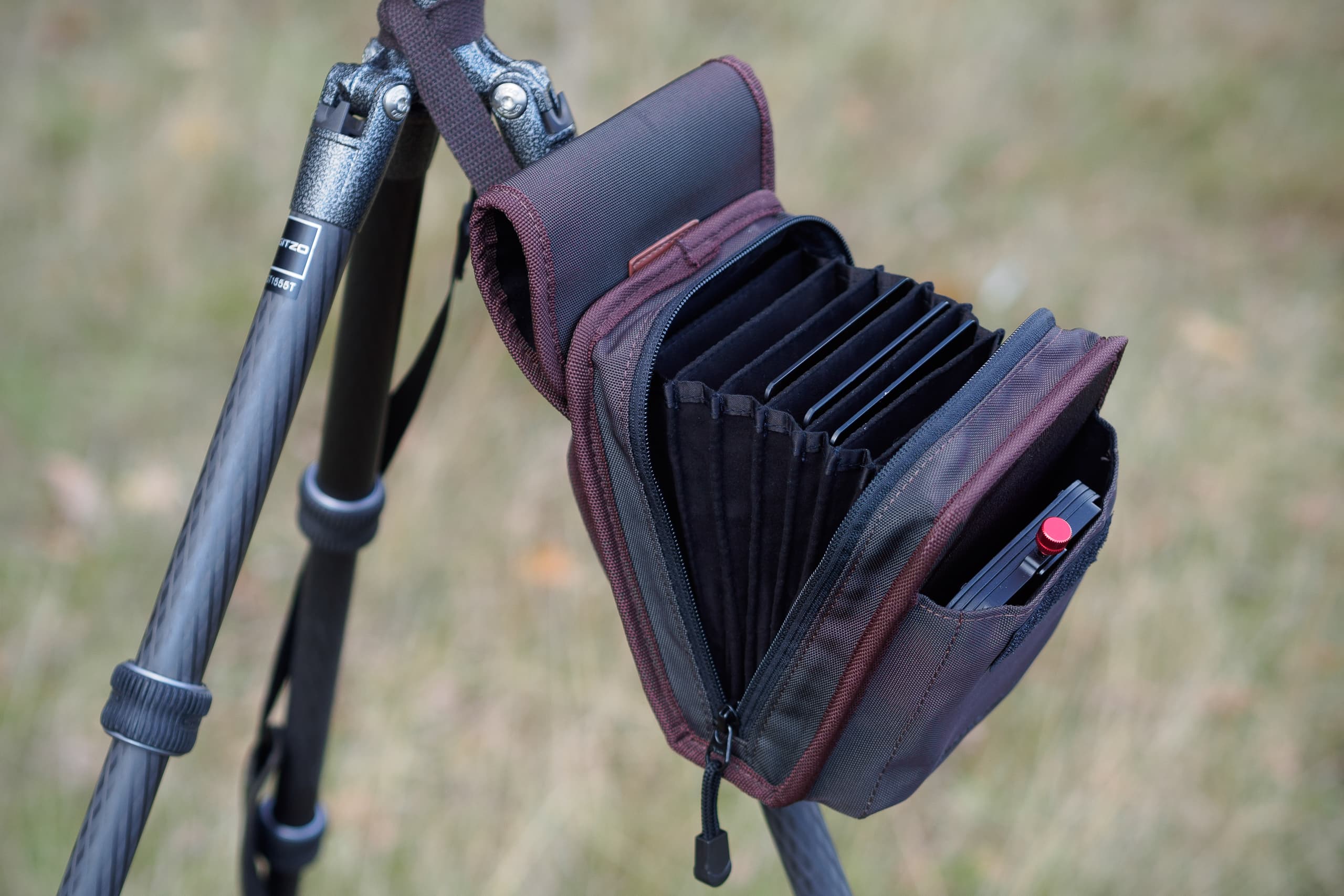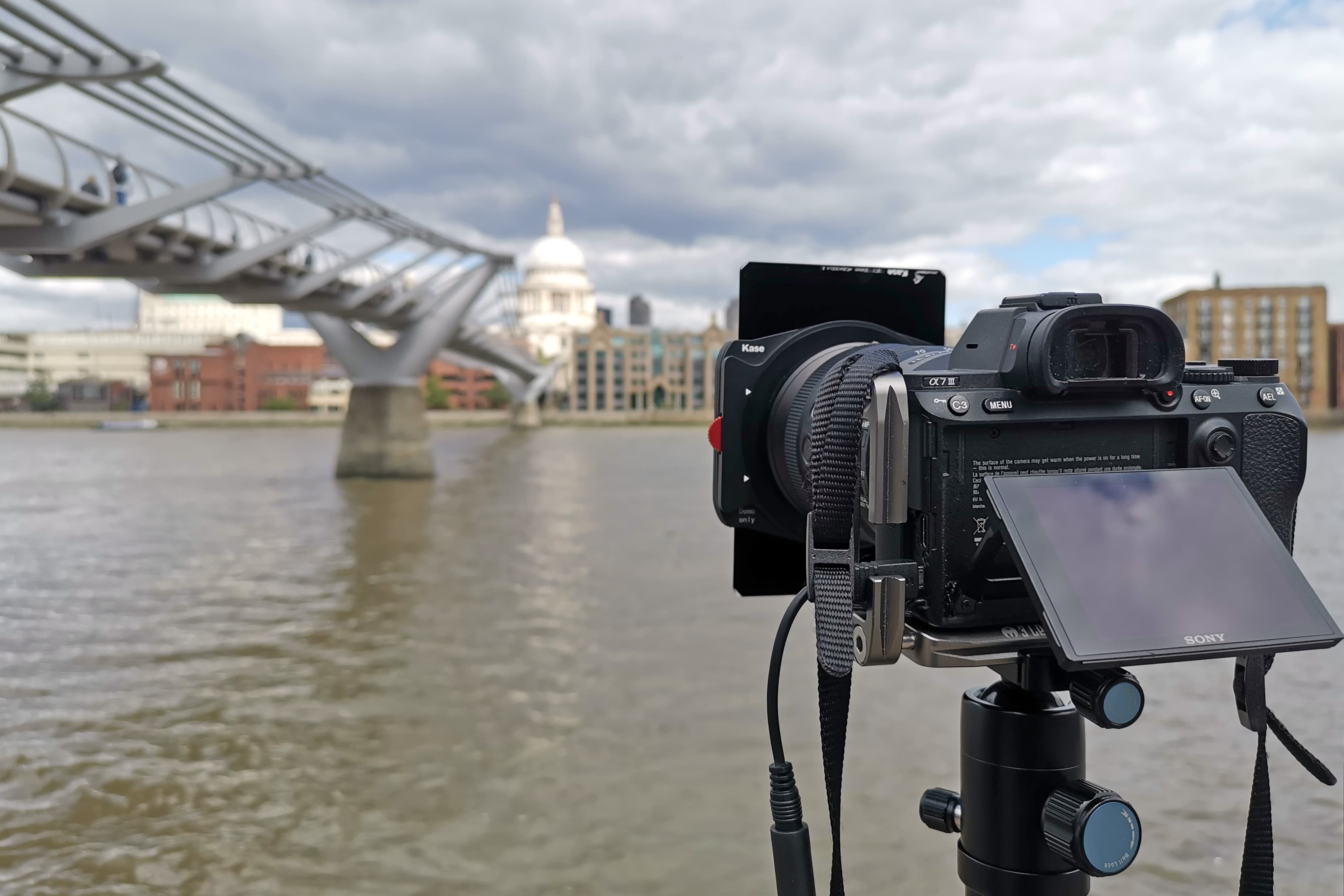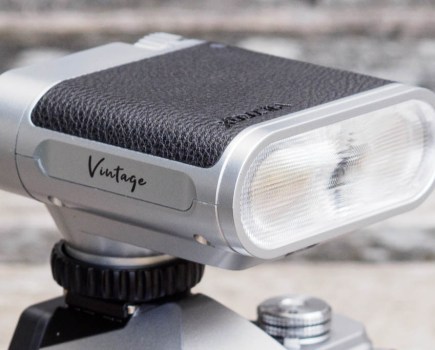Kase Wolverine K9 100mm filter system at a glance:
- 100mm filter holder system
- Lightweight aluminium build
- Polariser mounts magnetically
- Kits from £130 to £745

Sony Alpha 7 III, 24-105mm F4 at 24mm, 4min at f/5.6, ISO 400. Kase Wolverine K9 polariser, 3-stop soft ND grad and 16-stop ND.
For serious landscape or cityscape photographers, a high-quality filter system provides significant creative potential. The ability to manipulate light before it even enters your lens, through the use of polarising, neutral density (ND) and graduated filters, is an extremely powerful tool. There are plenty such systems available, but (spoiler alert) Kase’s Wolverine K9 system must lay claim to being among the very best on the market.
Kase K9 filter system – Kits and pricing
Kase’s basic K9 filter holder kit includes the polariser, 82mm and 77mm lens adapter rings, and step-up rings for 72mm and 67mm threads, for £130. The Entry-Level Kit adds a 3-stop soft grad, a 6-stop ND and a soft carry case for £365. The next step up is the High-End Kit, which gains a 3-stop reverse grad for £495, while the top-end Master Kit additionally includes a 4-stop soft grad and 10-stop ND for £745.

Kase’s Entry-Level Kit includes the holder, three filters, two lens adapters, two step-up rings and a soft case for £365
A wide range of graduated and neutral density filters is available, at prices from £137 to £143 each. See kasefilters.com for full details.
Kase K9 filter system – Features
So what makes Kase’s system so good? At this point, I’m tempted simply to say ‘everything’. The firm has clearly paid a great deal of attention to examining how photographers use filters, and has been perfectly happy to cast aside conventional wisdom to make things easier. In the process, it’s got almost everything right.

Kase’s K9 filter holder is small and lightweight. Lens adapters are available in 82mm, 77mm and 72mm sizes, with step-up rings used for smaller threads
First there’s the holder itself. On one level it’s pretty conventional; it’s made of aluminium alloy and clamps onto adapter rings that screw into the lens, locking in place via a bright red screw. By default it’s built with two slots, with the expectation that one will be used for a neutral density and the other for a graduated filter. But the design is strikingly pared back to minimise size and weight, without feeling anything other than premium in terms of build quality. A thick felt layer covers its entire front surface, to prevent stray light from penetrating past a neutral density filter and reducing image contrast.
Secondly, there’s the polariser. Uniquely, this doesn’t screw into the holder or lens adapter ring, but instead clips magnetically onto the latter, which makes it super-quick to install or remove. This enables the use of an extremely low profile design that sits behind the square filters, and is easily adjusted using a wheel on one side of the holder. It also means that you can leave adapter rings on your lenses and readily swap the polariser between them when you’re not using the filter holder.
Adapter rings are available in 72mm, 77mm and 82mm sizes, while for lenses with smaller threads, you use step-up rings. Kase sells inexpensive bright red plastic caps that push over the adapters to protect your lenses when they’re not in use.
When you do come to fit the holder and start using neutral density filters, you’ll find that they’re not actually square. Instead, Kase has made them the same shape as its grads, at 150 x 100mm. This turns out to have genuine operational advantages; it makes the filters much easier to swap in and out of the holder, particularly when you also have a grad in place, and also makes them easier to grab from the carrying case. However the downside is that you end up paying for glass that you’re not actually using, which offsets some of the cost saving afforded by the relatively small polariser.
Even the soft case that’s supplied with the various kits is brilliantly thought out. It holds up to ten filters, and has a pocket on the front for the holder and adapter rings. On the back you’ll find clips for a strap, plus a tripod attachment point that wraps around one leg and is secured in place by Velcro. At this point the case unzips and opens concertina-fashion, giving easy access to all your filters, with its lid tucking neatly out of the way at the back.
I found that the tripod attachment was also handy for fixing the carry case to my camera bag strap. I’d actually recommend the case to any 100mm system user, regardless of what brand they use; it costs £30 from Kase’s website.
All of the filters are made from toughened glass, and employ coatings that are designed to make them scratch resistant and easy to clean. They really are of excellent quality, and have a fighting chance of surviving if you drop them accidentally onto a hard surface.
Kase K9 filter system – what’s it like to use?
I tested the £365 Kase Entry-Level Kit, which comprises the filter holder with two adapter rings, two step-up rings, a polariser, a 3-stop soft grad and a 6-stop ND. In addition, I used 10-stop and 16-stop ND filters worth £132 and £140 respectively, giving a total of £637 of kit. In context, this is similar to what you’d pay for an equivalent Formatt Hitech Firecrest Pro 100mm set-up, while a similar outfit from Lee Filters would cost a bit more, mainly due its use of a much larger front-mounted polariser.
What’s most striking when you use the kit in the field is how simple everything becomes. All of the components fit into the carry case, so you just grab it and take it with you; with some other systems you might be digging out the holder, adapter rings and a bag of filters separately. Then when you get to your location, it all works in a very uncomplicated fashion.

A result from the shoot above: Sony Alpha 7 III with 24-105mm F4 at 68mm, 83sec at f/4, ISO 100, Kase K9 10-stop ND
It’s really easy to pop the polariser in place when you need it, and straightforward to remove it when you don’t; you just have to remove the holder from the adapter ring to gain access. The rectangular NDs don’t need to be positioned as precisely as square ones do, so you don’t have to worry about displacing them when you’re positioning your graduated filter, and accidentally letting in stray light.
One thing that Kase hasn’t got quite right, though, is labelling the filters. They’re marked at the bottom, rather than the top, and in rather small lettering, so it’s difficult to check quickly which is which. I’d make a point of establishing a specific order for loading them into the case, and probably even add my own labels.

The labels on the filters are very small, and at the wrong end for quick identification when grabbing them from the case
As always when using filters, there are certain points of technique to bear in mind to get best results. It’s pretty much obligatory to use a tripod and remote release, and if you’re using a DSLR, it’s usually easiest to switch to live view rather than use the optical viewfinder.
With the polariser, ND grad and 6-stop ND, chances are your camera will meter and autofocus pretty much as normal, but with the stronger filters, things get more complicated. They let through so little light that the metering system can assume it’s night-time, at which point many cameras will reduce the exposure to match the presumed perceptual brightness of the scene.

Here I used a polariser to eliminate reflections from the glass buildings, while a 6-stop ND smoothed the water without removing all texture. Sony Alpha 7 III, 24-105mm F4 at 64mm, 0.8sec at f/8, ISO 64
Autofocus may well fail too, meaning you should set and lock the focus before installing the filter. If you use the 16-stop filter, be aware that it requires extremely long exposure times, and that many cameras will then proceed to take an equally-long dark frame for noise cancellation purposes. This results in frustratingly long times between shots, so it’s important to plan accordingly.

Sony Alpha 7 III, Laowa 15mm F2 Zero-D, 25sec at f/8, ISO 100. Polariser, 3-stop soft grad and 10-stop ND
Take all this into account, though, and the Kase Wolverine K9 system will reward you with superb results. The NDs are strikingly neutral, with even the 16-stop filter giving no problematic colour shift. I also saw no vignetting using lenses as wide as the Laowa 15mm F2 Zero-D on full frame, as you can see from the shot above (you can see a perspective-corrected version here). Crucially, there’s no significant impact on image contrast or resolution.
Kase K9 filter system – Verdict
Needless to say, I’m seriously impressed by the Kase Wolverine K9 100mm filter system. It’s extremely well designed and works without any fuss, giving excellent results with no nasty surprises along the way. Optically the filters are as good as you’ll find, and they’re tough, too.
While the system is full of neat little touches, the magnetic polariser is probably the best. With other systems that use rear-mounted polarisers, they tend to be awkward to fit or remove, but Kase has solved that problem at a stroke. It’s also really easy to adjust from behind the camera.
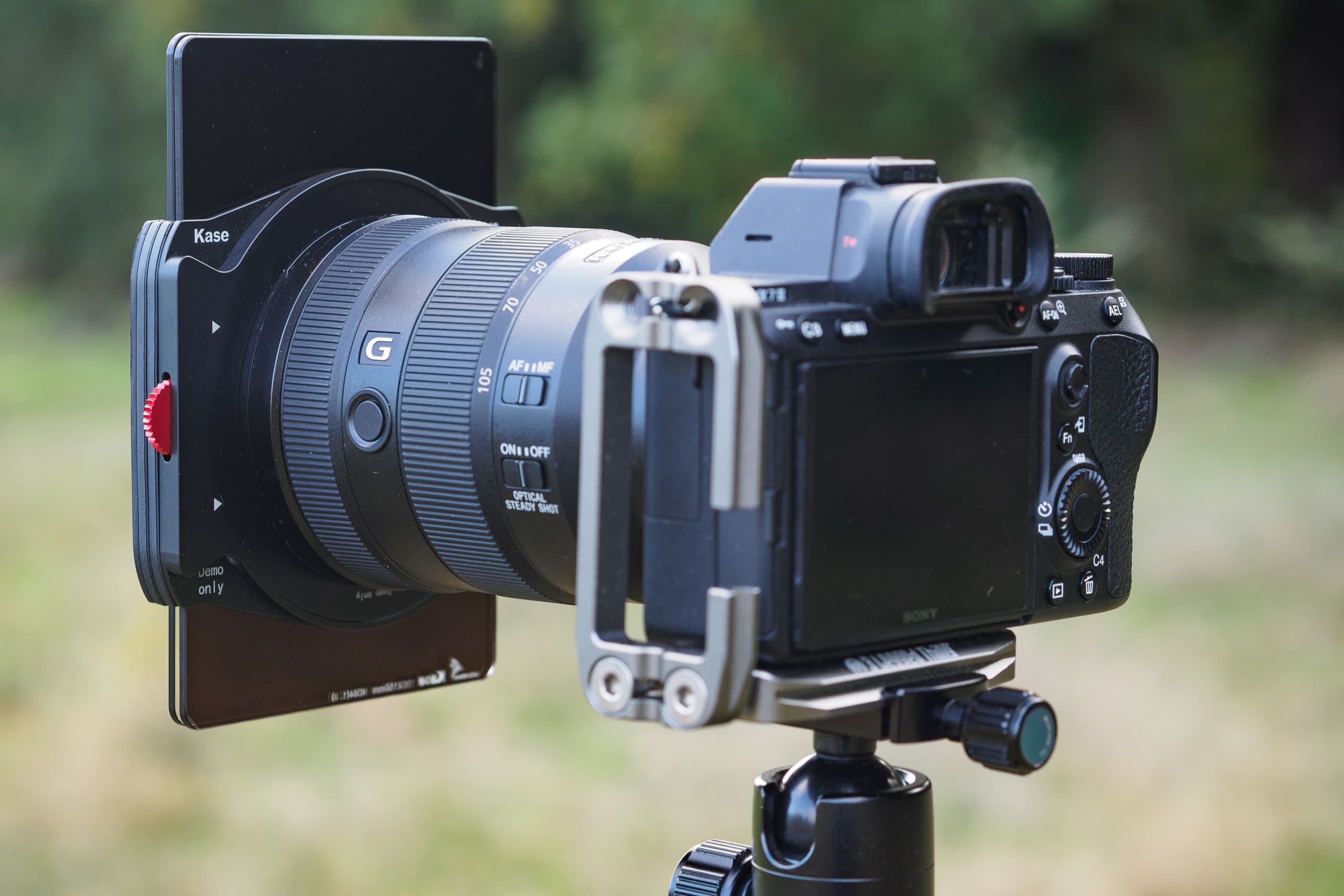
The polariser is easily adjusted from behind the camera using the red wheel on the side of the holder
While high-end filter systems are inevitably expensive, Kase’s is competitively priced compared to its peers. All of the various kits make sense, giving increasing creative possibilities as the price goes up. So you can either start small and add filters as your budget allows, or jump in at the deep end with a comprehensive kit. It may look like a big investment, but you won’t be disappointed with the results.



